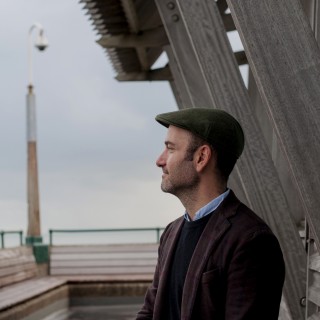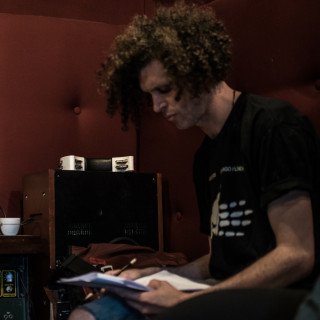Nastassja Simensky
Nastassja Simensky is an artist based in London and Southend-on-Sea. Her research practice stems from an interest in the complex ecologies of frontier landscapes, industry, architecture and engineering - where the intersections of human and non-human systems have become increasingly opaque. Employing documentary and fiction; shipwrecks, cockleshells, and vacant museums become narrators of non-linear history. Human imagination and ambition is played off against its failures through open cast mines, man-made islands and fresh water seas. She respond to landscapes of interwoven narratives and hidden stories with an interest in industrial ecologies and precarious wilderness, places that are remote, malleable, and porous. Estuaries and seas are complex environments, which despite centuries of human intervention and mapping are in constant flux and not easily quantified by scientific methods. Waterways form a crucial connective tissue for migration, global trade, warfare, data transfer, raw mineral mining and prospecting.
Colloquy film installation:
Built during the interregnum at Chatham in 1654, The London formed part of the English Squadron sent to collect Charles II from the Netherlands and restore him to the throne in an attempt to stem the political crisis following the death of Cromwell. In 1665, The London sank after a gunpowder explosion whilst leaving Chatham. The wreck of the 'London' lies in two parts just 400m apart, close to commercial shipping lanes in the Thames Estuary at Southend. The sea is ploughed and landscaped by precise routes, a process by which matter is turned over and revealed; a simultaneous exposing and burying. Dredging operations deepen the shipping channel in the Thames Estuary to make way for the largest container ships in the world, displacing silt and aggregates used in the regeneration of London upstream. Sonar and geophysical surveys offer up an expansive, though imprecise map of the seabed, illustrating both contours and large debris. Penetrating through the opaque body of water, this digital view generates a two dimensional compression of reality. Devoid of a horizon it offers an illusion of perspective, skewed by data knitted together to reveal evidence of the past and provide data to create projections of the political, economic, social and environmental future. Shipwrecks entrenched in the seabed could potentially rip apart the deep-hulled vessels on their way to the port at Tilbury, as a result the shipping lanes close to The London wreck were moved to allow safe passage.
Nastassja Simensky produced this work in 2014. Collaborating with composer William Frampton, a composition in 5 movements, scored for String Quartet and Soprano was written, using the numeric data from hydro-graphic scans of the 'London' and the surrounding sea bed. The composition was performed to the 'London' from the local cockle boat, Indianna, as it drifted across the breadth of the wreck, connecting the two sites.
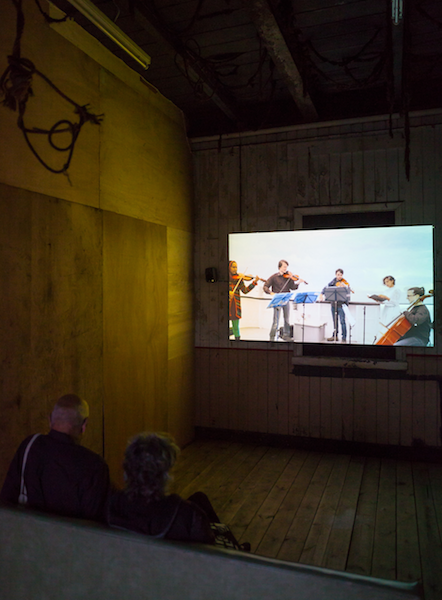
Photo by Benedict Johnson
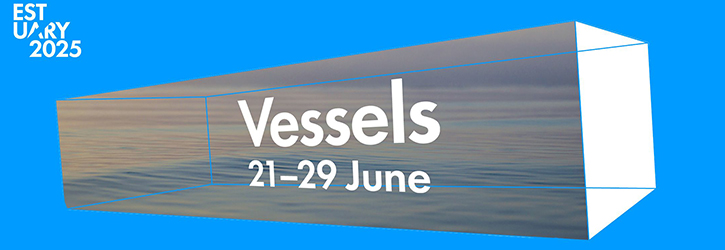
 maybe later
maybe later
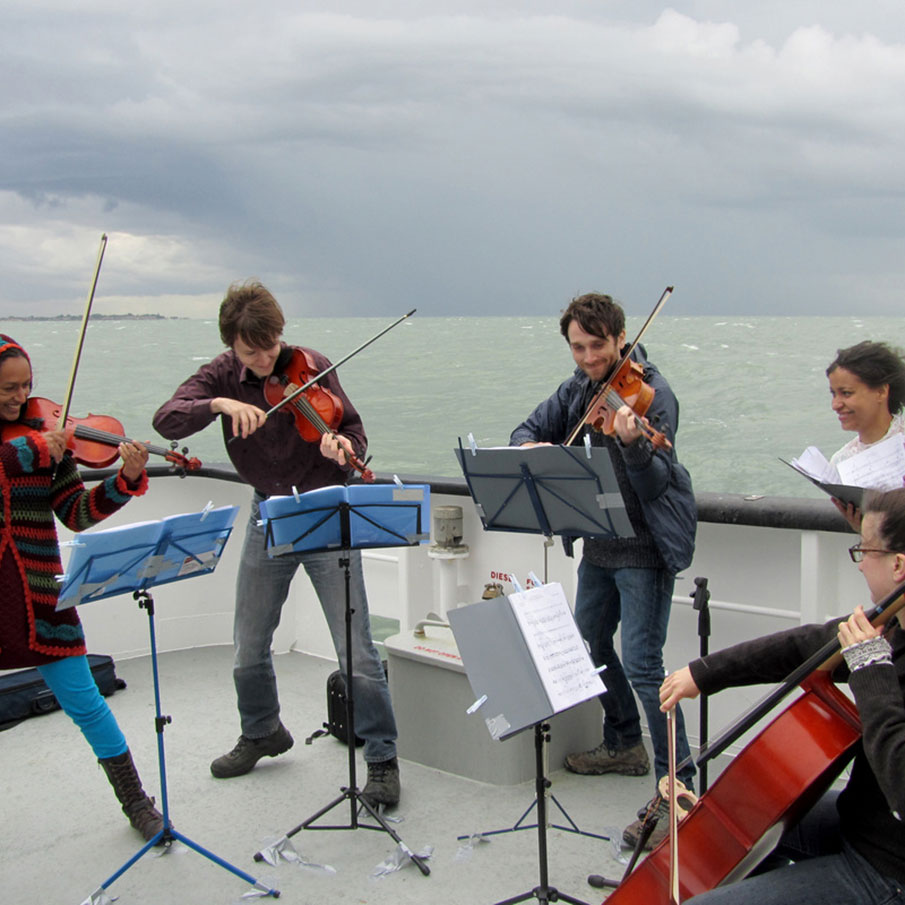
 Photo by Benedict Johnson
Photo by Benedict Johnson

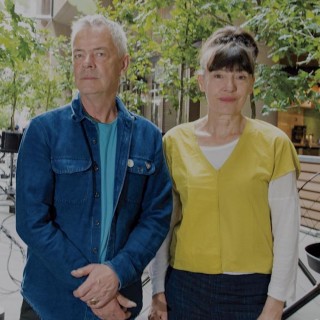










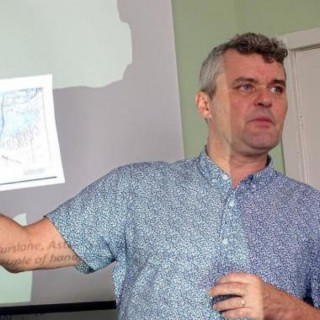

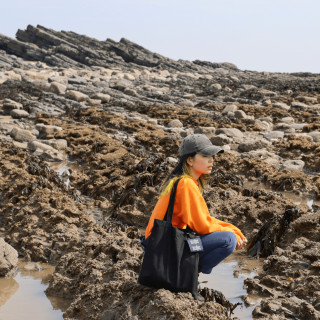
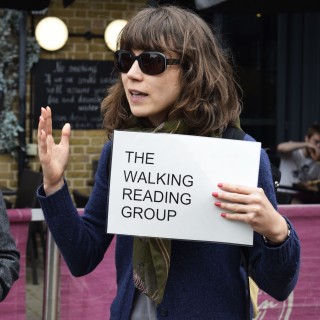




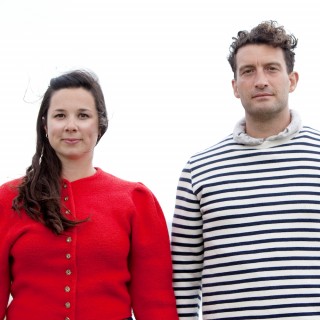






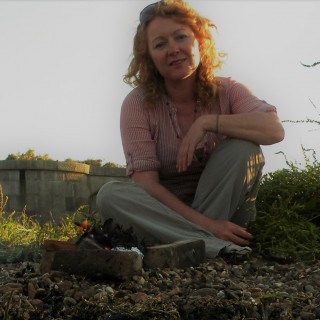




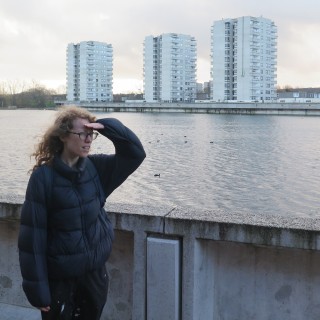



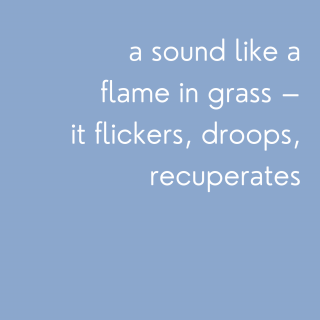
.jpg)






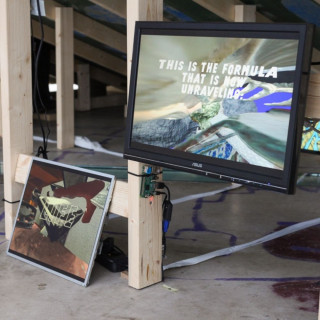









_-_website_square.png)

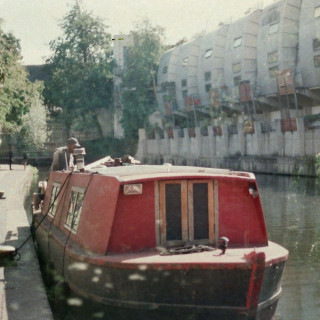

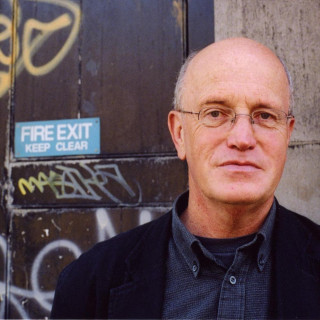
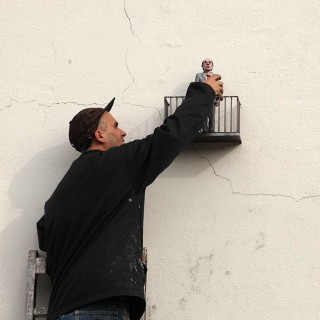
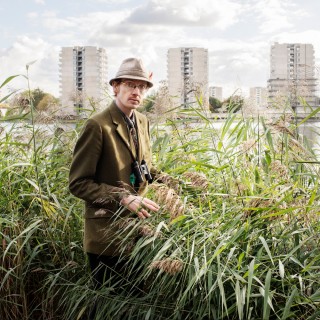


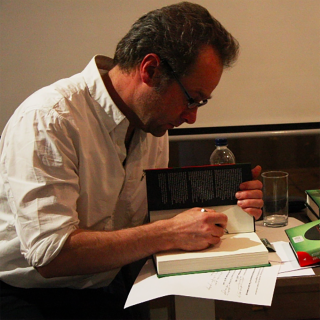
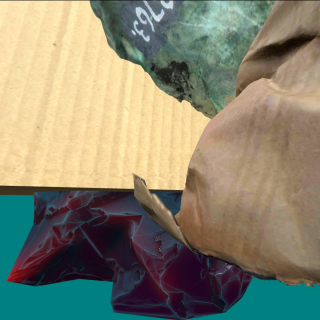






2.jpg)

_copy_-_portrait_website_copy.jpg)



.png)

